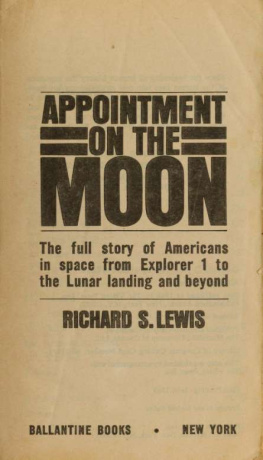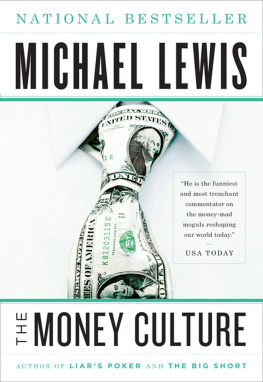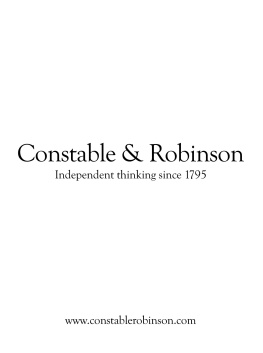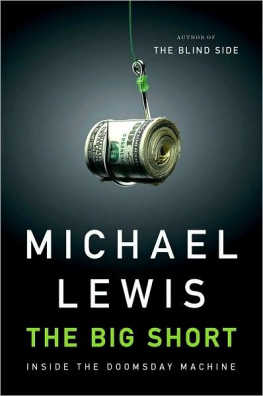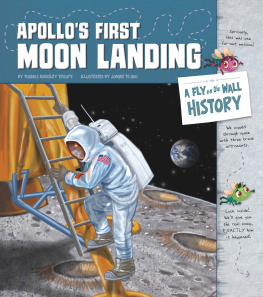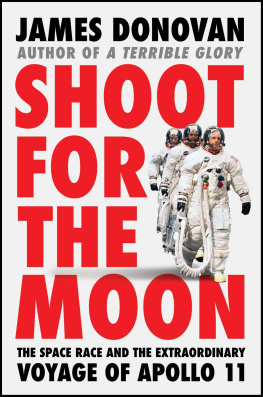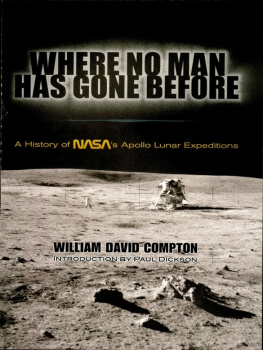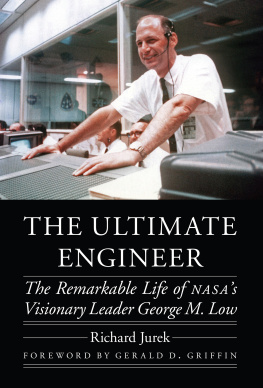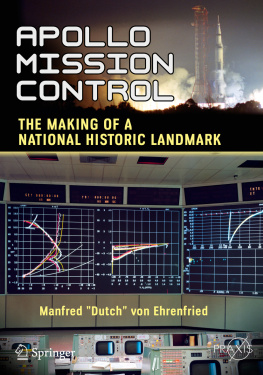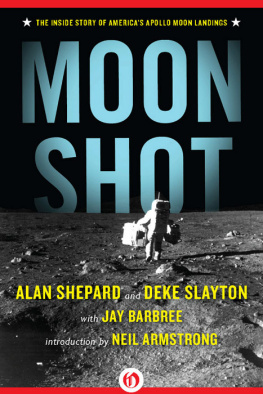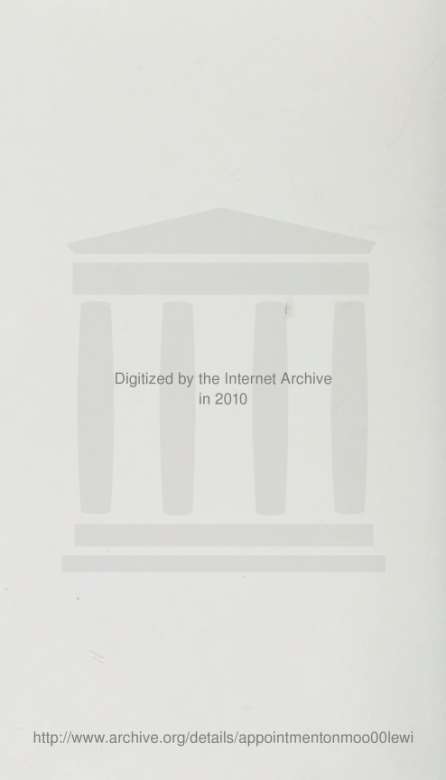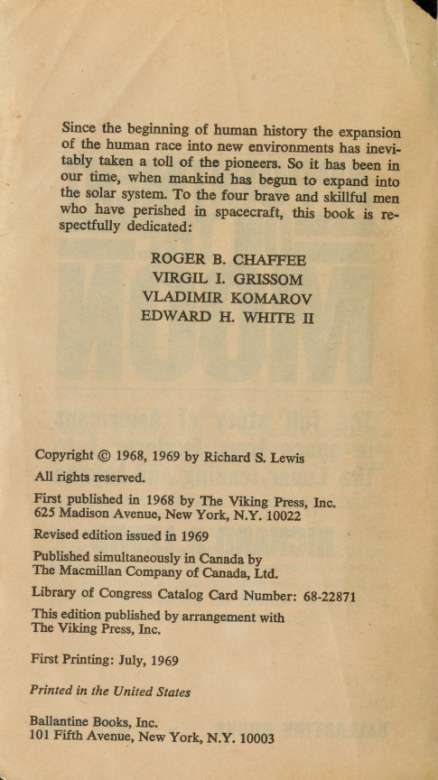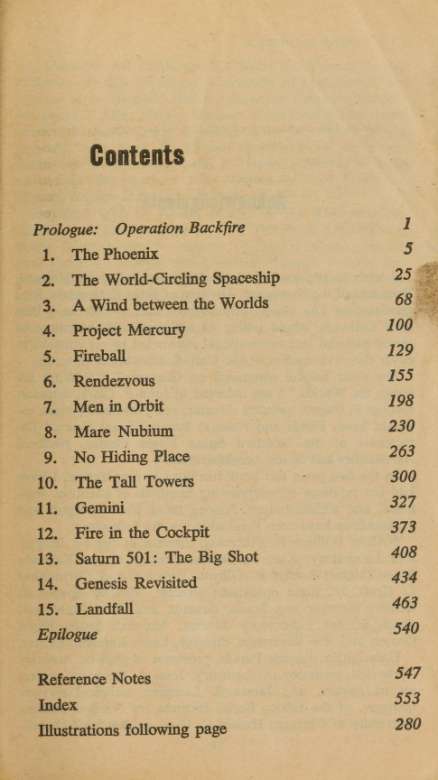This book made available by the Internet Archive.
Acknowledgments
I wish to express my appreciation to Bailey K. Howard, President of the Newspaper Division of Field Enterprises, Inc., publisher of The Chicago Sun-Times, and to its editor, Em-mett Dedmon, whose policy of assigning staff members to major national and international events led to my mission to cover the development of the United States space program.
For their helpful conmients on Chapter 3, "A Wind between the Worlds," I am indebted to John F. Clark, director; George F. Pieper, assistant director; and Norman F. Ness, assistant head. Fields and Plasmas Branch, Space Science Directorate of the Goddard Space Flight Center, National Aeronautics and Space Administration.
In the five years this book has been in preparation, I have had the privilege of interviewing hundreds of scientists, engineers, and administrators. Among those whose insights and explanations have been invaluable are the following:
NASA: William H. Pickering, director of the Jet Propulsion Laboratory; Kurt H. Debus, director of the Kennedy Space Center; Robert R. Gilruth, director, and Christopher C. Kraft, Jr., flight operations director. Manned Spacecraft Center; Wemher von Braun, director, and Ernst Stuhlinger, Space Science Laboratory director, Marshall Space Flight Center; and Abe Silverstein, director, Lewis Research Center.
Universities: Eugene Parker, professor of physics, Anthony Turkevich, professor of chemistry, John A. Simpson, professor of physics, and James E. Lamport, technical services manager, of the Enrico Fermi Institute for Nuclear Studies, University of Chicago; Harold C. Urey, professor of chemis
ACKNOWLEDGMENTS / VH
try, University of California, La Jolla; Sir Bernard Lovell, professor of radio astronomy, University of Manchester, and director of the NuflBeld Radio Astronomy Laboratories, Jod-rell Bank; J. Allen Hynek, director of the Lindheimer Astronomical Research Center and head of the Department of Astronomy, and Karl G. Henize, professor of astronomy. Northwestern University; John P. Hagen, professor of radio astronomy, Pennsylvania State University; and Homer J. Stewart, California Institute of Technology.
Industry: John R. Pierce, director of the Research-Com-mimications Sciences Division, Bell Telephone Laboratories; Major General John B. Medaris (Retired), industry consultant; Grant L. Hansen, vice-president, Laimch Vehicle Programs, General Dynamics, Convair Division; Joseph Gavin, vice-president, Gnunman Aircraft Engineering Corporation; and Dale D. Myers, vice-president, Space and Information Systems Division, North American-Rockwell, Inc.
Prologue
Operation Backfire
The age of interplanetary exploration, like tihe world war from which it arose, has multiple origins. One of them was the development by Germany of the V-2, the world's first strategic rocket weapon. During the autunm of 1945, several months after the defeat of Germany, British Army engineers conducted a series of tests with the V-2 to complete their assessment of the weapon system from the launch end. (They already knew a great deal about it at the receiving end.) The tests were coded as "Operation Backfire" and they made a profound impression on United States military observers.
With the aid of German technicians, the British launched three of the rockets from the German Naval Artillery Range at Altenwald, near Cuxhaven on the North Sea. I was present at the third and final laimching on October 12, 1945. It was a cold, icy, shadowless day, and the wind was harsh. Military observers stood behind a rope barrier nearly a half mile away from the rocket, but even at that distance the size of the missile was astonishing. Mounted on a low steel platform, the olive-green rocket reared up 46 feet. It seemed to be crouched on its enormous fins, which suggested the folded wings of some primordial beast of the upper air.
From time to time, a voice could be heard from a field
2 / APPOINTMENT ON THE MOON
public-address apparatus, echoing unintelligibly through the pine trees. The voice stopped and there was a long silence, pierced only by the shrill cries of sea birds. On the launch stand, the crouching beast seemed to breathe. A plume of liquid-oxygen vapor emanated from it like frosty breath.
In the gray light, the missile gave the impression of a time^ less dragon, quietly exhaling smoke as it prepared to spring upon humanity. When the sun flashed briefly through a break in the overcast, the rocket became silhouetted against the sky like a deep shadow. There was a signal from the public address system and figures began moving away from the launch platform. When they had fled, the beast was alone, wreathed in its white smoke. Suddenly tiie vapor vanished. A bright orange flame blossomed under the missile, changing quickly to a dazzLLng yellow. A growling roar came back on the wind. The beast rose on its haunches and began to lift. It seemed to hover at treetop height and then shot up with ever-increasing velocity. At a thousand feet, it entered the clouds. The bright candle flame of its exhaust remained visible but veiled for several seconds. It dimmed through successive cloud layers until it was gone. The range became silent, as though a storm had passed. The steel launch platform looked strangely empty.
That night, American observers at a United States fighter base near Cuxhaven were advised that a British destroyer had picked up the V-2*s green-dye marker at the impact sit where the missile had splashed down into the North Sea after a five-minute flight of 190 miles. The demonstration marked a transition point in the development of rocket technology in the West. That was the last V-2 fired in Germany. The engineering science which the weapon represented was carried off by the victors as spoils of war. In the United States, it was to evolve into an interplanetary spaceship technology.
It took only 22 years for the American industrial system to enlarge upon the technology sufficiently to develop a launch vehicle, the Saturn 5, powerful enough to propel three men in a 45-ton spaceship to the moon. The evolution of space technology in the postwar years was a resultant of powerful forces in human society. Most conspicuous was the rise of competition, at the outset of the International Geophysical Year 1957-58, between the United States and the Soviet
OPERATION BACKFIRE / 3
Union for supremacy in space, as a symbol of technological and military superiority.
As an outgrowth of World War II and the Cold War, it would appear, the American space experience has been essentially a response to competition and threat, moderated by scientific curiosity and a spirit of adventure. These are the characteristics of human expansion in every era. In these respects, the motives of the Soviet space program are the same as our own. Their program responds to ours. Both programs lare continuously and mutually reactive.

